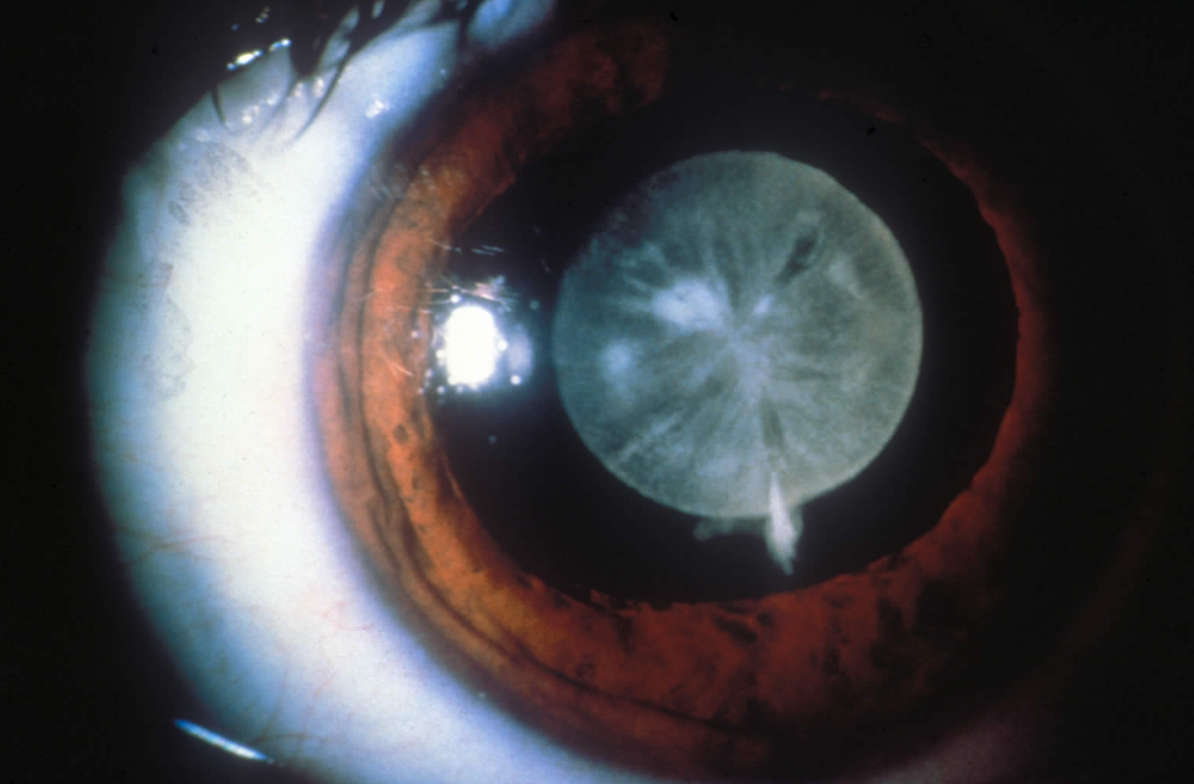
by Nietling Admin | Nov 18, 2018 | Cataracts, Nietling News
Pretty much everyone has heard of cataracts; either through family, friends or personal experiences, but how much do you know about cataracts? While optometrist may not know precisely what causes cataracts, we can shine the light on key factors that cause changes in our eyes which lead to this ocular condition.
Cataracts by definition are a clouding of the lens in the eye which creates a decrease in vision. As the clouding worsens patients begin to experience symptoms like blurred, foggy, double or ghosting vision. In some cases color vision can also be altered, as well as, sunlight and headlights causing glare problems. Patients will also admit that adjusting to different lighting becomes more difficult (e.g. coming inside from the bright outdoors or going from a dimly lit place to the bright outdoors takes longer to adapt to). 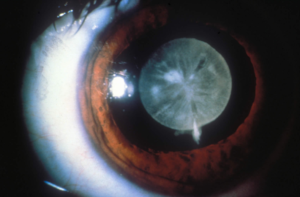
We also know that chemical changes in the lens cause it to get cloudy and advance the stage/severity of cataracts. These chemical changes may be the result of the aging process, heredity, exposure to ultra-violet light, an eye injury, medication (e.g. steroids), disease or a combination of all these factors. While cataracts often appear after the age of fifty, there have been cases found at younger ages, even in babies.
When it comes to the rate of cataract development, well that’s another mystery. This development rate varies from patient to patient. In some instances they can be slow, taking years to disrupt the patient’s visual acuities; while others develop more rapidly within weeks or months from diagnosis. As cataracts develop we often see impairment in the eye’s ability to focus, necessitating a change in glasses or contact lenses to see clearer. Eventually the cloudiness becomes so severe that even changing glasses or contacts will not improve the daily activities. At this point, your eye care professional will need to discuss the need for surgery.
So there you have it, the cloudy truth about cataracts and how they affect your vision.
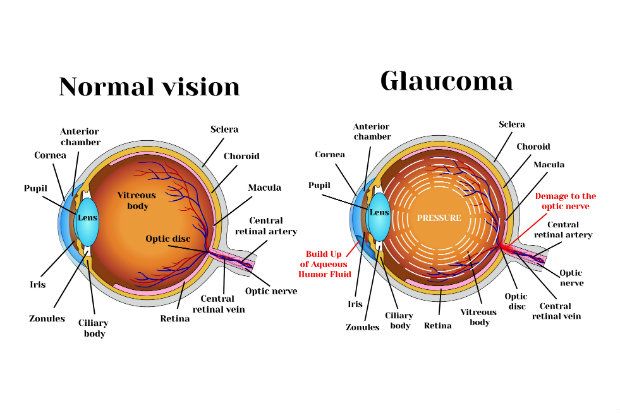
by Nietling Admin | Nov 7, 2018 | Glaucoma, Nietling News
Glaucoma is an eye disease that is one of the leading causes of blindness in the United States. Glaucoma is often referred to as the “sneak thief of sight” because it slowly takes away vision, often without the person realizing it. There are certain risk factors for this disease, such as, advancing age, family history, nearsightedness, eye injury, eye surgery, and the use of steroid medications. Another major risk factor is Race. According to the NEI (National Eye Institute), glaucoma is five times more likely to occur in African Americans and they are four times more likely to go blind after diagnosis. Studies also show that Hispanics are more likely to develop glaucoma after age sixty. 
Glaucoma is characterized by increased pressure inside the eyeball that causes damage to the nerves which connect the eye to the brain. When these nerves are damaged by the disease the vision loss is usually permanent. Early stages of glaucoma are harder to detect because the loss of vision that occurs is in the peripheral area and not in the center of the patient’s vision. This is why specialized testing is important, as well as, having an annual eye health exam performed by your optometrist.
There are several types of glaucoma that can be diagnosed and managed if caught early. Specialized testing and in some cases laser and surgery treatments are used for detecting and managing glaucoma. Vision field instruments measure peripheral vision (vision off to the sides, above and below). This testing is used to help us detect vision loss caused by glaucoma. Damage that occurs to the nerves can be seen with instruments used during an eye exam. This damage can be measured and discovered earlier with an instrument called OCT (Optical Coherence Tomography). Once glaucoma is detected it is most commonly treated with prescription eye drops. This form of treatment is usually continued for the rest of the person’s life.

by Nietling Admin | Jun 15, 2018 | Eye Care, Nietling News
Our Comprehensive Eye Exams allow our doctors to check not only your need for glasses but your full eye health too!!! All exams include dilation and written copy for your glasses prescription.
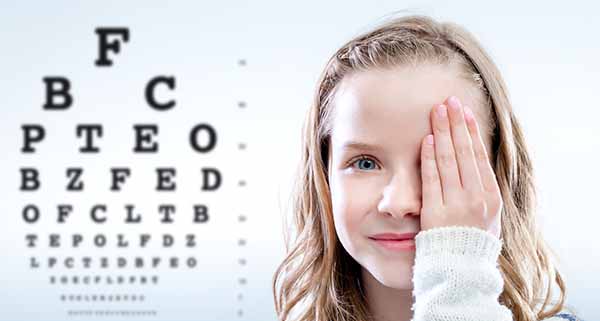
by Nietling Admin | Jun 15, 2018 | Eye Care, Nietling News
Infants should have their first comprehensive eye exam at 6 months of age. Children then should have additional eye exams at age 3, and just before they enter the first grade — at about age 5 or 6.
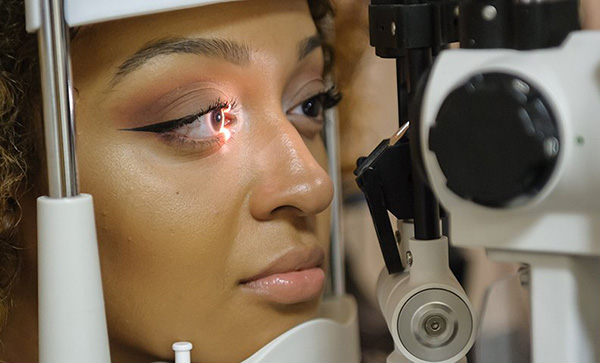
by Nietling Admin | Jun 11, 2018 | Eye Care, Nietling News
Let us serve you better with specialized testing like, Retinal Photography, Vision Field Analysis, Ocular Coherence Tomography, etc. We also offer management of care for Ocular Medical Conditions.

by Nietling Admin | Jun 11, 2018 | Eye Care, Nietling News
Proper eye-wear fitting and adjustments is very important to your comfort and proper vision. Glasses not sitting straight , nose-pads dirty, or just a little loose ??? Don’t fix it at home let our on site optician do the work for you. We offer free adjustments during normal business hours.







